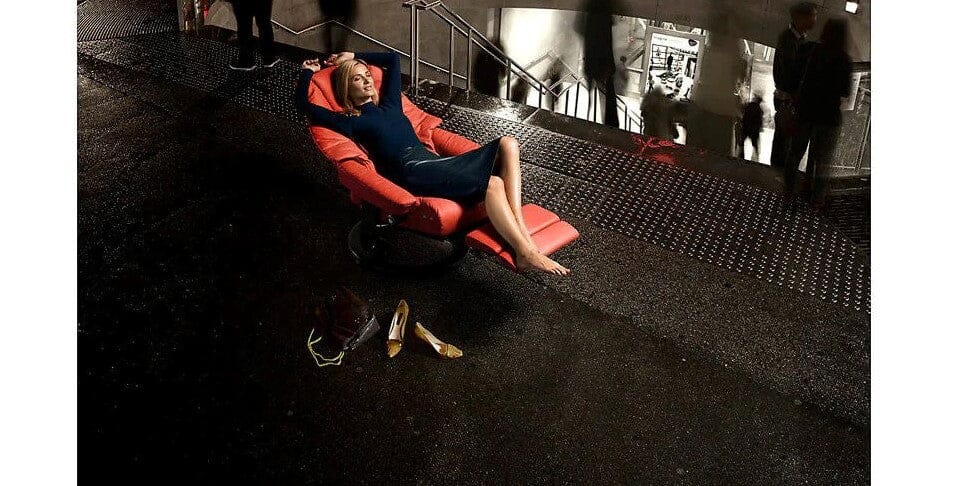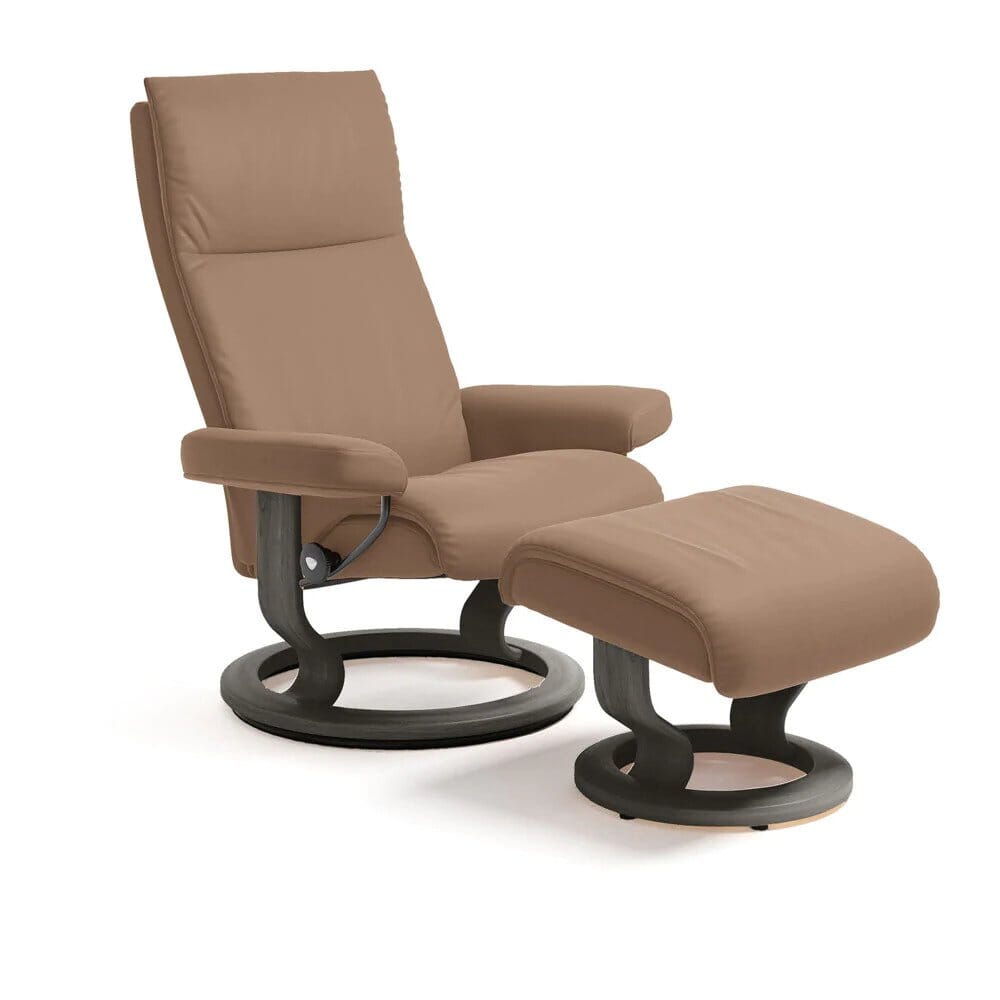800.605.1859 - FREE SHIPPING ON MOST ITEMS OVER $99.00
Menu
-
-
Furniture
-
Lighting
-
Accessories
-
Brands
-
Designers
-
DESIGNERS A-E
- ACHILLE CASTIGLIONI
- ALBERTO MEDA
- ALESSANDRO MENDINI
- ALEXANDER GIRARD
- ALFREDO HABERLI
- ALVAR AALTO
- ANNA CASTELLI FERRIERI
- ANTONIO CITTERIO
- ARNE JACOBSEN
- BARBER & OSGERBY
- CARLO ALESSI
- CARLO MOLLINO
- CHARLES & RAY EAMES
- CHARLOTTE PERRIAND
- EERO SAARINEN
- EILEEN GRAY
- ENZO MARI
- ERNESTO GISMONDI
- ETTORE SOTTSASS
- DESIGNERS F-J
- DESIGNERS K-O
- DESIGNERS P-T
- DESIGNERS U-Z
-
DESIGNERS A-E
-
Sale
-
Save 15% + Free Shipping -Now until - March 20th
-

-
Save 20% On All Products - Now until March 21st
-

-
Save 15% + Free Shipping - Now Through March 21
-

-
Save 20% off + Free Shipping - Now thru April 2nd
-

-
Save 15% + Free Shipping - Now Through March 20th
-

-
Moving Sale all Items
-

-
Save 20% + Free Shipping - Now thru March 20th
-

-
Save 20% + Free Shipping - Now Through March 15th
-

-
Save 20% + Free Shipping - Now Through March 21
-

-
Spring Sale up tp 25% off - Now thru March 20th
-

-
Save 10%+ Free Shipping - Now until March 20th
-

-
kartell Moving Sale {Save 30-50% on select Kartell Items}
-

-
Knoll Sale 25% + Free Shipping - Now Through March 20th
-

-
Save 15% + Free Shipping - Now Through March 20th
-

-
Save 15% + Free Shipping - Now thru March 31st
-

-
Save 20% + Free Shipping - Now Through March 20th
-

-
Save 25% + Free Shipping - Now Through March 21
-

-
Save 15% + Free Shipping - Now Thru March 31st
-

-
Save 15% + Free Shipping - Now Through March 21
-

-
Save 20% on all Items + Free Shipping - Now thru March 20th
-

-
Tom Dixon - Moving Sale {Save 30-50% on select Items}
-

-
Save 15% Now Thru March 20th
-

-
Save 15% on all Items + Free Shipping - Now thru March 31st
-

-
- Trade Program
-
- Login

Your Cart is Empty
furniture
Accessories
lighting
Designers
- ACHILLE CASTIGLIONI
- ALBERTO MEDA
- ALESSANDRO MENDINI
- ALEXANDER GIRARD
- ALFREDO HABERLI
- ALVAR AALTO
- ANNA CASTELLI FERRIERI
- ANTONIO CITTERIO
- ARNE JACOBSEN
- BARBER & OSGERBY
- CARLO ALESSI
- CARLO MOLLINO
- CHARLES & RAY EAMES
- CHARLOTTE PERRIAND
- EERO SAARINEN
- EILEEN GRAY
- ENZO MARI
- ERNESTO GISMONDI
- ETTORE SOTTSASS
- ACHILLE CASTIGLIONI
- ALBERTO MEDA
- ALESSANDRO MENDINI
- ALEXANDER GIRARD
- ALFREDO HABERLI
- ALVAR AALTO
- ANNA CASTELLI FERRIERI
- ANTONIO CITTERIO
- ARNE JACOBSEN
- BARBER & OSGERBY
- CARLO ALESSI
- CARLO MOLLINO
- CHARLES & RAY EAMES
- CHARLOTTE PERRIAND
- EERO SAARINEN
- EILEEN GRAY
- ENZO MARI
- ERNESTO GISMONDI
- ETTORE SOTTSASS
sale
Save 15% + Free Shipping -Now until - March 20th

Save 20% On All Products - Now until March 21st

Save 15% + Free Shipping - Now Through March 21

Save 20% off + Free Shipping - Now thru April 2nd
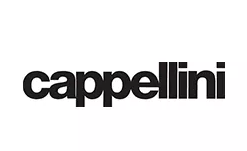
Save 15% + Free Shipping - Now Through March 20th
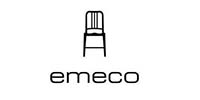
Moving Sale all Items

Save 20% + Free Shipping - Now thru March 20th

Save 20% + Free Shipping - Now Through March 15th

Save 20% + Free Shipping - Now Through March 21

Spring Sale up tp 25% off - Now thru March 20th

Save 10%+ Free Shipping - Now until March 20th
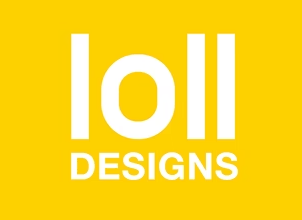
kartell Moving Sale {Save 30-50% on select Kartell Items}

Knoll Sale 25% + Free Shipping - Now Through March 20th

Save 15% + Free Shipping - Now Through March 20th

Save 15% + Free Shipping - Now thru March 31st

Save 20% + Free Shipping - Now Through March 20th

Save 25% + Free Shipping - Now Through March 21
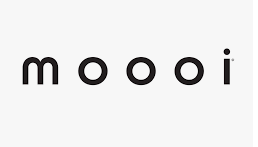
Save 15% + Free Shipping - Now Thru March 31st

Save 15% + Free Shipping - Now Through March 21

Save 20% on all Items + Free Shipping - Now thru March 20th
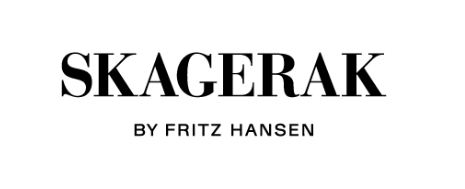
Tom Dixon - Moving Sale {Save 30-50% on select Items}
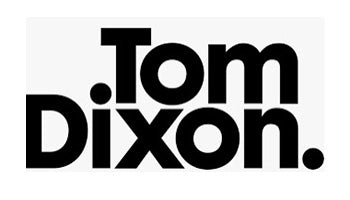
Save 15% Now Thru March 20th

Save 15% on all Items + Free Shipping - Now thru March 31st










